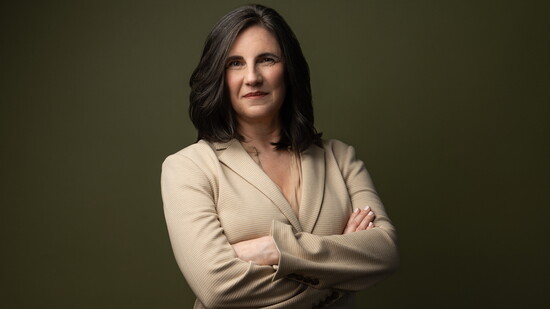When most people think of skin cancer, they picture a strange-looking mole—dark, jagged, maybe raised. But in dermatology, some of the most dangerous skin cancers don’t look scary at all. In our clinic, we routinely see patients who come in for something they almost ignored—a tiny pink bump, a dry patch that won't go away, a scab that keeps reopening. They're often surprised to hear it's skin cancer.
Skin cancer is common in Utah. In fact, our state has one of the highest rates of melanoma in the country. But part of the problem is that many skin cancers don’t look like what people expect—and that delay in recognition can cost valuable time.
Small Clues, Big Significance
We frequently hear the same types of stories from new patients:
-
“I thought it was just a pimple that wouldn’t go away.”
-
“It looked like dry skin, but lotion didn’t help.”
-
“It bled when I scratched it with a towel, but I didn’t think much of it.”
-
“It looked like a scar, but I never injured the area.”
-
“It was just a tiny new brown spot—I thought it was an age spot.”
Sometimes, these small clues are actually early signs of basal cell carcinoma, squamous cell carcinoma, or melanoma. Many patients are shocked to learn that some melanomas are flesh-colored, pink, or even pale white—nothing like the dark moles you see in awareness posters.
And unfortunately, some of the most concerning skin cancers start as barely noticeable lesions.
Melanoma Can Appear Anywhere
One of the biggest misconceptions about skin cancer is that it only appears on sun-damaged skin. While ultraviolet exposure is a major risk factor, melanoma can appear anywhere on the body—including areas that rarely (or never) see the sun.
We’ve diagnosed melanoma on:
-
The scalp
-
Behind the ears
-
The soles of the feet
-
Under the nails
-
And even between the toes
It’s also worth noting that many patients cannot effectively examine their own backs, scalps, or behind their ears. That’s where a professional skin exam makes all the difference.
Your Network Could Save Your Life
One of the most rewarding aspects of working in dermatology is hearing how a skin cancer was spotted by someone in a patient’s trusted circle. We often get referrals from:
-
Primary care providers and other physicians
-
Hairdressers who notice changes on the scalp or behind the ears
-
Massage therapists who may see areas on the back or shoulders
-
Friends and family members who notice a new or changing spot
If you’re in one of those professions, know this: you might be the first person to notice something potentially life-saving. And if you’ve been on the receiving end of one of those observations, it’s a great reason to come in for a professional skin check.
Early Detection Matters
The earlier we catch skin cancer, the simpler the treatment—and the better the outcome. In the case of melanoma, early detection can be the difference between a quick outpatient procedure and a much more serious health battle.
A full-body skin cancer screening exam is quick, painless, and can be life-saving. At Wasatch Dermatology, we make the process easy. You’ll be seen in a welcoming, respectful environment. If anything suspicious is found, we can typically biopsy it the same day.
Whether you're coming in for the first time, following up on a changing spot, or just want peace of mind, we’re here to help.
Don’t Wait for a Problem
Skin cancer is one of the most preventable and treatable cancers—when caught early. You don’t have to wait until something looks “bad” to get checked. In fact, the most dangerous spots are often the ones that don’t look dangerous at all.
So if you’ve never had a professional skin exam—or it’s been more than a year—now is the perfect time.
We offer appointments with short wait times and provide care that combines medical expertise with personalized attention.
Schedule your skin cancer check today.
Because a skin cancer screening could save your life.
I’m Dr. Julie Maughan, a board-certified dermatologist at Wasatch Dermatology in Ogden. My journey into dermatology started long before medical school—I grew up watching my father care for patients in his own dermatology practice. I spent many holiday breaks and summer vacations shadowing him, learning not just the science of skin health but the deep impact early detection can have on someone’s life. I officially began my dermatology training in 2003, and to this day, that early exposure continues to shape how I approach patient care: with thoroughness, empathy, and a keen eye for the things that often go unnoticed.
